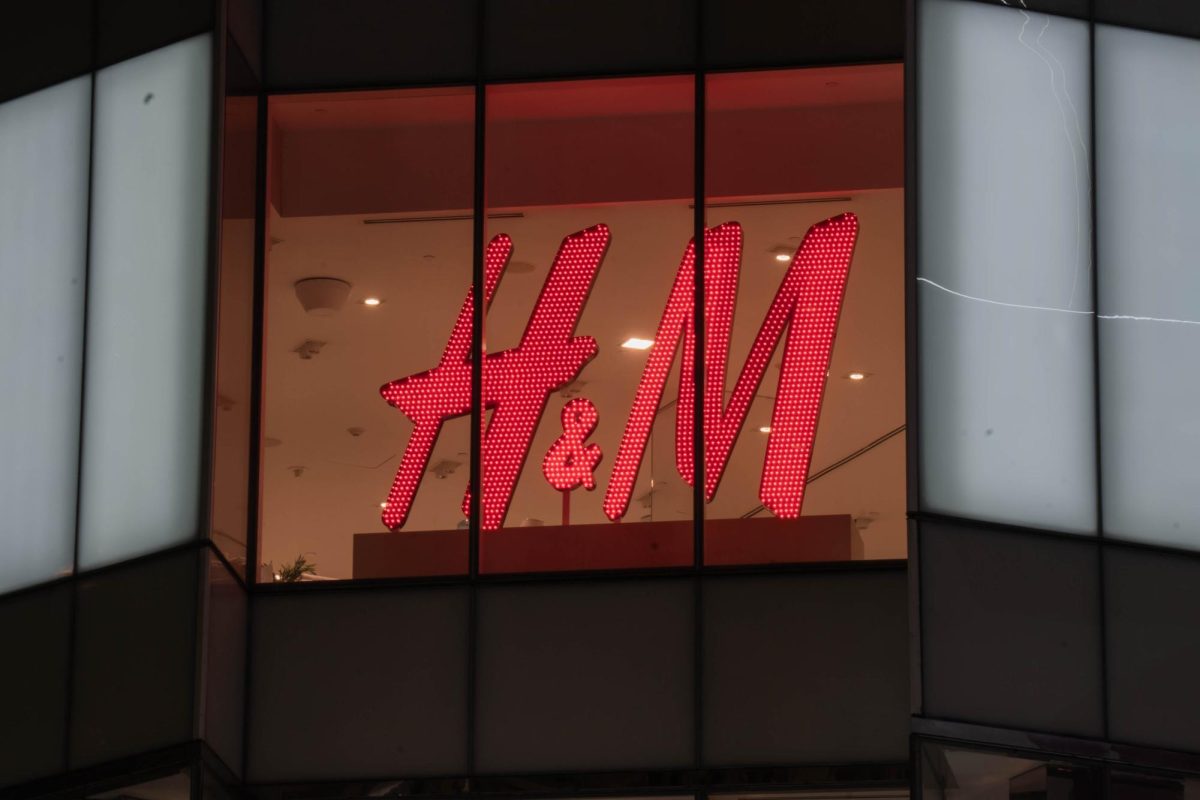Fashion has always thrived in tension: between creativity and commerce, heritage and innovation, couture and consumerism. Now, tariffs are the latest force reshaping the industry, not just as a logistical hurdle, but as a cultural reckoning. Can fashion rework its foundation and preserve its power or will the seams split under pressure?
Fast fashion and mass retail are already feeling the squeeze. Brands once prized for rapid turnaround and wallet-friendly prices are grappling with rising costs. According to The Wall Street Journal, the latest wave of tariffs is pushing consumer prices higher across the board, including apparel, forcing companies to make difficult choices between raising prices, absorbing costs or cutting back. That $5 impulse buy is quickly becoming a $10 consideration, and consumers are noticing.
As Gabriella Santaniello, founder of A Line Partners, recently told Bloomberg, “When prices climb across the board, shoppers become much more discerning. Apparel is one of the first sectors where we see spending tighten.”
The pressure could intensify. Proposed tariff hikes targeting imports from China, Vietnam and Bangladesh — major hubs for the apparel industry — could send sourcing costs even higher. Brands like Zara, H&M and mid-tier American retailers may soon face a choice: pass the costs onto increasingly price-conscious consumers, or fundamentally rethink sourcing, production and pricing strategies.
Even with domestic production, supply chain bottlenecks, labor costs and material sourcing, complexities continue to gnaw at the bottom line.
Luxury brands are not immune either. Though they often manufacture closer to home, luxury houses still feel the ripple effects. Louis Vuitton’s oft-publicized Texas factory, once hailed as a strategic hedge against tariffs, has proven less effective than hoped, according to Business of Fashion. Even with domestic production, supply chain bottlenecks, labor costs and material sourcing, complexities continue to gnaw at the bottom line. When even legacy houses have to course-correct, the industry at large takes notice.
Independent designers face the steepest uphill battle. Emerging brands, particularly women-led and minority-owned labels, operate on razor-thin margins, even in stable times. Rising production costs, shipping delays and inflationary pressures leave them with impossible choices: raise prices and risk alienating their core audiences, or absorb the costs and gamble with their survival. The creative voices that fuel fashion’s dynamism are often the first casualties when the industry shifts into survival mode.
Ironically, tariffs may accelerate a movement fashion has long flirted with: sustainability. As fast fashion struggles to maintain its pricing edge, resale platforms and secondhand marketplaces are thriving. The Economist reports that the secondhand clothing market is booming globally, driven mainly by Gen Z consumers seeking affordability, individuality and lower environmental impact. In a landscape where new garments are becoming increasingly cost-prohibitive, vintage and resale are not just virtuous, but essential.
Shopping behavior is already evolving. Consumers who once filled carts with trendy, disposable pieces are thinking twice. Hauls are shrinking. Wardrobes are curated. It is no longer about owning everything — it is about owning the right things. The fashion editor’s closet is back: sharp, intentional, built to last. That return to discernment could ripple outward, from influencers reshaping taste to brands rethinking their business models.
Fashion stands at a pivotal crossroads. Tariffs are not just an economic inconvenience — they are a mirror, forcing the industry to confront harder questions: What does fashion stand for? Who gets to participate? What systems are being upheld — and which should be dismantled?
Whatever comes next will demand imagination, resilience and a willingness to evolve. If fashion wants to remain culturally potent — if it still dares to lead rather than follow — it must reimagine how it produces and why it creates.
The next chapter is not just about survival.
It is about rewriting the story — and doing it in style.


